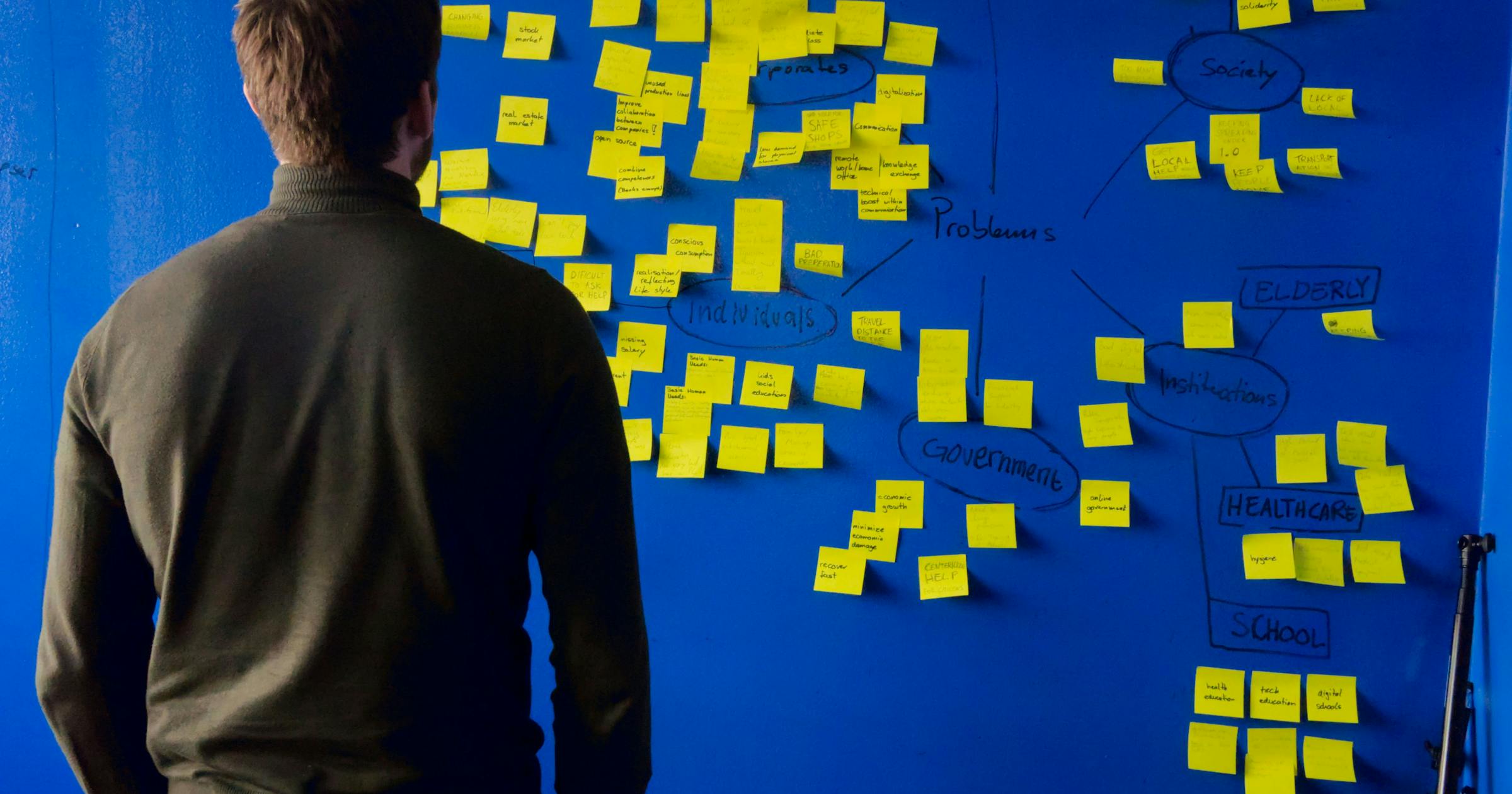Time kills all deals.
It’s a popular sales epigram.
And while it’s clearly an oversimplification (you can’t rush everything, complex deals take time)…
There’s undoubtedly some truth to it (competitors can enter, situations can change, urgency is lost).
And what is hiring if not dealmaking?
How long it takes you to recruit, from an applicant entering the hiring process through to them accepting an offer, is your “time to hire”.
There are other definitions, but this is the one we’ll be using.
The average time to hire in the tech industry is 48 days.
As for the average time to hire by industry, tech is more than three weeks longer than retail (25 days), but not as long as manufacturing (55 days). The average global time to hire is 38 days.
A short recruitment process can mean the difference between hiring the right candidate and time killing the deal. It keeps candidates happy and solves your problems sooner.
So you should know what your time to hire is.
This article will outline how you can calculate your time to hire and how you can improve it.
Table of Contents
- Why is Time to Hire Important?
- How to Calculate Time to Hire
- Factors that Influence Time to Hire
- Strategies to Improve Time to Hire
- More Haste, Less Speed
Why is Time to Hire Important?
In case you’re not convinced hiring as quickly as possible is critical, let’s look at the benefits of reducing time to hire (and the pitfalls of not):
- Longer time-to-hire means higher recruiting costs. For example, the more time a job ad’s live on a job board, the more you pay.
- Lost productivity. Both in terms of the existing time your recruiting team are working on this rather than something else, plus the lost productivity because the vacancy’s responsibilities aren’t being fulfilled. There’s a cost attached to this, too.
- Employer branding can take a hit. Either disgruntled candidates with negative word-of-mouth, or even just the ignominy of having a role live for too long – people will think, “Why does no-one want to join them”?
- Good candidates are likely to get snapped up by faster-moving companies.
- Hate getting ghosted by candidates? Maybe your time to hire is too long. Two of the three reasons for voluntary candidate dropout stem from slow hiring.2
How to Calculate Time to Hire
Here’s how you can calculate your time to hire.
Very simply, it’s:
Date candidate accepts offer − Date candidate applies (in days)
As an example, if a candidate applies on the 1st and accepts your offer on the 31st, your time to hire is 30 days.
Then take an average of your times to hire – your ATS will likely do this automatically, if you have one, but it’s easy enough to set up a time to hire formula in Excel or another spreadsheet.
So if this hire was 30 days, but your four others were 40 days, your company-wide time to hire is 38 days.
(30+40+40+40+40) /5 = 38.
So, if you were a tech company, your average time to hire would be 10 days quicker than the industry average. Happy days!
But there’s more to it.
For instance, not every role within a tech business is a tech role. Ideally, you’ll track the type of role, department, hiring manager, and so on. That way, you can get a clearer idea of averages across different variables.
Some will be naturally different – more senior or technical roles typically take longer, for instance – but segmenting like this means you can pinpoint factors that may be slowing down the process.
Of course, if you’re really measuring time-to-hire, you’ll also want to calculate each stage of the recruitment process separately. That way, you can identify and address any bottlenecks in each of your time to hire metrics.
For example, on average, companies take 6 days to review applications, and 14 to arrange and conduct interviews.
So, using similar calculations to time to hire, you can look at things like:
Metric | What it is | How to calculate it (in days) |
Time to shortlist | The time it takes to go from a vacancy going live to having candidates you want to invite for interview | Date shortlist finalised − Date vacancy advertised |
Time to interview | The time it takes for a candidate to be interviewed after their application | Date of first interview – Date of application |
Time to review | The amount of time between an application and a shortlist decision – acceptance or rejection | Date of application decision – Date of application |
Time to offer | The duration between first interview and an offer being extended | Date of offer – Date of first interview |
Of course, you may choose to tweak what you measure and how, depending on your needs.
For example, if you operate a two-interview process and suspect a delay between the final interview and the offer being delivered, by all means measure that as well.
Factors that Influence Time to Hire
As we’ve said, things like job role and seniority can have an impact on time to hire, and should be measured accordingly.
But there are other tools, processes, and even circumstances that can also affect time to hire.
- Tools: Automating and centralising certain processes with software can impact your time to hire. Using an Applicant Tracking System (ATS) can reduce time to hire significantly.3 And companies using recruitment AI hire 26% faster. That’s about 11 days.2
- Processes: The measures you use to assess candidate suitability naturally impact time to hire. For instance, the more interview stages you have, the longer it takes. The ability to interview remotely can also influence the duration of the process.
- Third parties: Using a third-party recruiter can improve your time to hire by 20%.4 For example, Remote Crew regularly helps businesses recruit in under 30 days, with several hires coming in at under two weeks. That’s an average reduction of 40-70%.
- Culture: Does your company have a recruitment mindset? It can affect time to hire if so – Jobvite claims their own data suggests employee referrals cut time to hire down to about 29 days 5 (and everyone seems to cite it, though the raw figures are hard to come by).
- Job attractiveness: If you’re offering below market rate on a role, for example, it might take you longer to find someone suitable. Same if your job ads don’t sell the opportunity. Your employer brand also plays a part in this – if you’re well known, you might find it quicker to attract applicants.
- External/market factors: A glance at LinkedIn will tell you the recruitment market is tumultuous at the best of times. Sometimes the candidate is king, and other times the hiring company holds all the cards. These fluctuations can affect time to hire, either because candidates have multiple offers, or companies simply have too many applications to review.
- Compliance: High security roles requiring various background checks can extend the recruitment process, and so time to hire.
Strategies to Improve Time to Hire
Many of the factors influencing time to hire will be within your control. What will be most impactful for you will depend on where your bottlenecks are – which you should be able to calculate now.
So let’s look at them in terms of the different stages of the hiring funnel:
1.Application screening and shortlisting
It’s worthwhile dedicating extra time to reviewing CVs manually, ideally no less frequently than weekly.
You can also use AI tools to pre-screen CVs, which, at the very least, can rule out those with no prior experience in the field, saving you review time.
Be clear in your job advert what the requirements are, and make it engaging by speaking to the readers’ interests, and you should get fewer irrelevant applications, saving you time sifting.
If you do have skills assessments as part of the application, it can speed up the shortlisting process, but be aware that it could also put off suitable candidates who don’t have the time.
Again, getting a third party like Remote Crew to handle this stage drastically reduces time and effort.
2.Interview and assessment
Naturally, it’s best to try to schedule interviews as soon as possible. It’s also wise to have as few interview stages as possible.
However, that involves a balancing act, insofar as all the relevant decision makers must be free at the same time. Use calendar tools to determine availability, and have video interviews, where possible, to minimize the logistical strain.
Make sure your interviews are structured and objective to make the assessment and decision-making processes easier and quicker.
If you must split the decision across stakeholders, keep the feedback loops tight, with clear deadlines for decision-making.
Offer
As part of the qualification, you should establish what the candidate’s looking for. That covers the whole remuneration package (including benefits), but also job title and responsibilities, working conditions like hours and location, and so on.
Knowing this will make it more likely your offer will be accepted – if it matches.
And of course, the more attractive the offer, the more quickly the candidate is likely to accept.
Ensure approval processes are in place. You don’t want to be waiting around for sign-offs and paperwork after you’ve made your decision and are waiting to deliver the offer.
More Haste, Less Speed
Reducing your time to hire isn’t about hitting the panic button and rushing through the process.
You can, and should, still be thorough – just in a more streamlined, deliberate way.
And since hiring is rarely the responsibility of one person, you should be looking to foster a culture of recruitment efficiency throughout your business. Encourage others to care as much about time to hire as you do. Send them this article if they’re not convinced.
It doesn’t have to be your core focus – you likely have other jobs to do – but make sure you give it the attention it deserves when the time comes.
As we’ve learned in this article, you’ll be rewarded for beating the time to hire benchmark.
Tech hiring insights in your inbox
From engineers to engineers: helping founders and engineering leaders hire technical talent.
We will only ever send you relevant content. Unsubscribe anytime.






